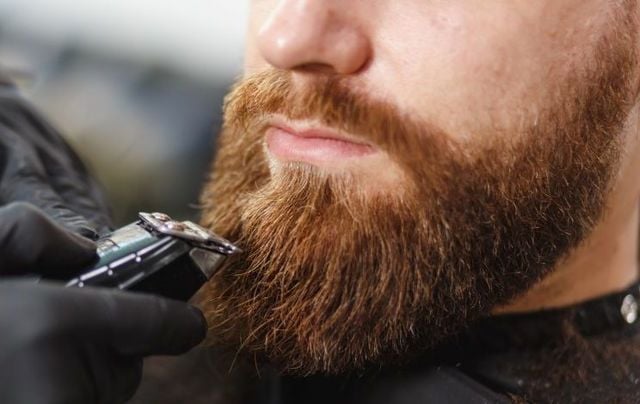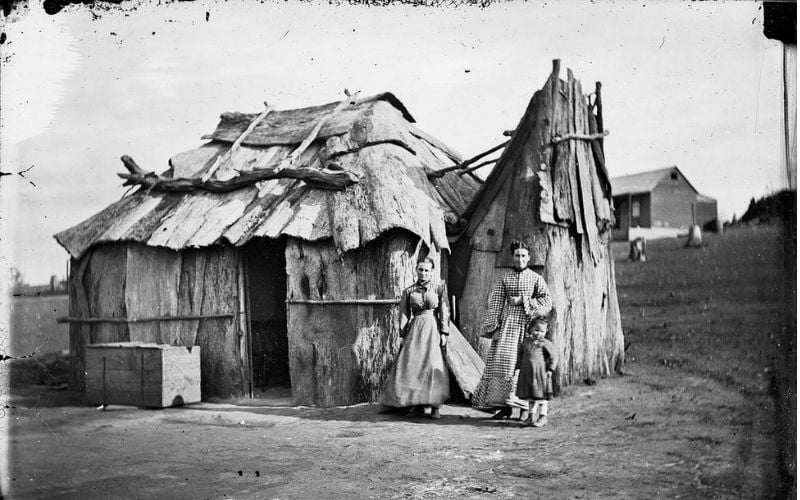Many Irish men who are not redheads still grow red or reddish beards, a phenomenon known as "gingerbeard" that affects almost two in five men. Experts say it comes down to how genes control two pigments called eumelanin and pheomelanin and mutations in the MC1R gene that let reddish pigment persist in facial hair even when scalp hair looks darker.
Seriously, you must have noticed that a lot of Irish men, even those with blonde, brown, or black hair, usually have a touch of ginger running through their beards.
There’s even a slang term for this. It’s “Gingerbeard,” which, according to Urban Dictionary, means “A dude with brown, black, or blonde hair, who, when he grows a beard, it is entirely red, or red in patches.”
It seems especially dubious if you happen to know the bloke in question’s family and realize there are no redheads in the bunch. Strange indeed, but actually pretty common, in fact, almost two in five men have reddish beards. So we Irish aren’t that special at all.
Vice magazine spoke to Petra Haak-Bloem, from Erfocentrum, the Dutch national information center about genetics and hereditary traits.
His explanation got pretty technical. He said, “The genes that determine hair color are so-called ‘incomplete dominant hereditary traits.’ This means that there isn’t one single gene that’s dominant over the rest, but all genes influence each other.”
Read more
So all the genes that determine hair color are out for themselves, which allows for a lot of possibilities and can differ from the top of your head to your underarms —and, of course, your beard.
Haak-Bloem said, “Generally speaking, people inherit hair color not only from their parents but also from their grandparents and earlier ancestors. So it’s entirely possible that one distant ancestor had a hair color that suddenly appears again through a certain combination of genes—and that can be quite unexpected for parents.”
All of this makes sense so far, but why exactly do some men have red beards? It turns out the shade of hair is determined by the amount of melanin (pigment) in the hair, and your DNA encodes this.
The expert said, “For white people, the shades are dependent on two sorts of melanin: eumelanin (black pigment) and pheomelanin (red pigment). Hair cells of dark-haired people only contain eumelanin. Blondes have less eumelanin. And redheads’ hair contains mostly pheomelanin.”
“More than a decade ago, researchers discovered that one gene (MC1R) on chromosome 16 plays an important part in giving people red hair. MC1R’s task is making a protein called melanocortin 1. That protein plays an important part in converting pheomelanin into eumelanin,” Haak-Bloem explained.
“When someone inherits two mutated versions of the MC1R-gene (one from each parent), less pheomelanin is converted into eumelanin. The feomelanine accumulates in the pigment cells and the person ends up with red hair and fair skin.”
Did you get that?
Basically, most men have some red hair in their genes, even if it wasn’t a trait in their parents or grandparents. If one parent passes down the redhead gene and the other does not, this could be how the "gingerbeard" arises.
What seems apparent is that it’s more common than we Irish think, and you boys should wear your ginger beards with pride.
* Originally published in 2015. Updated in Oct 2025.




Comments